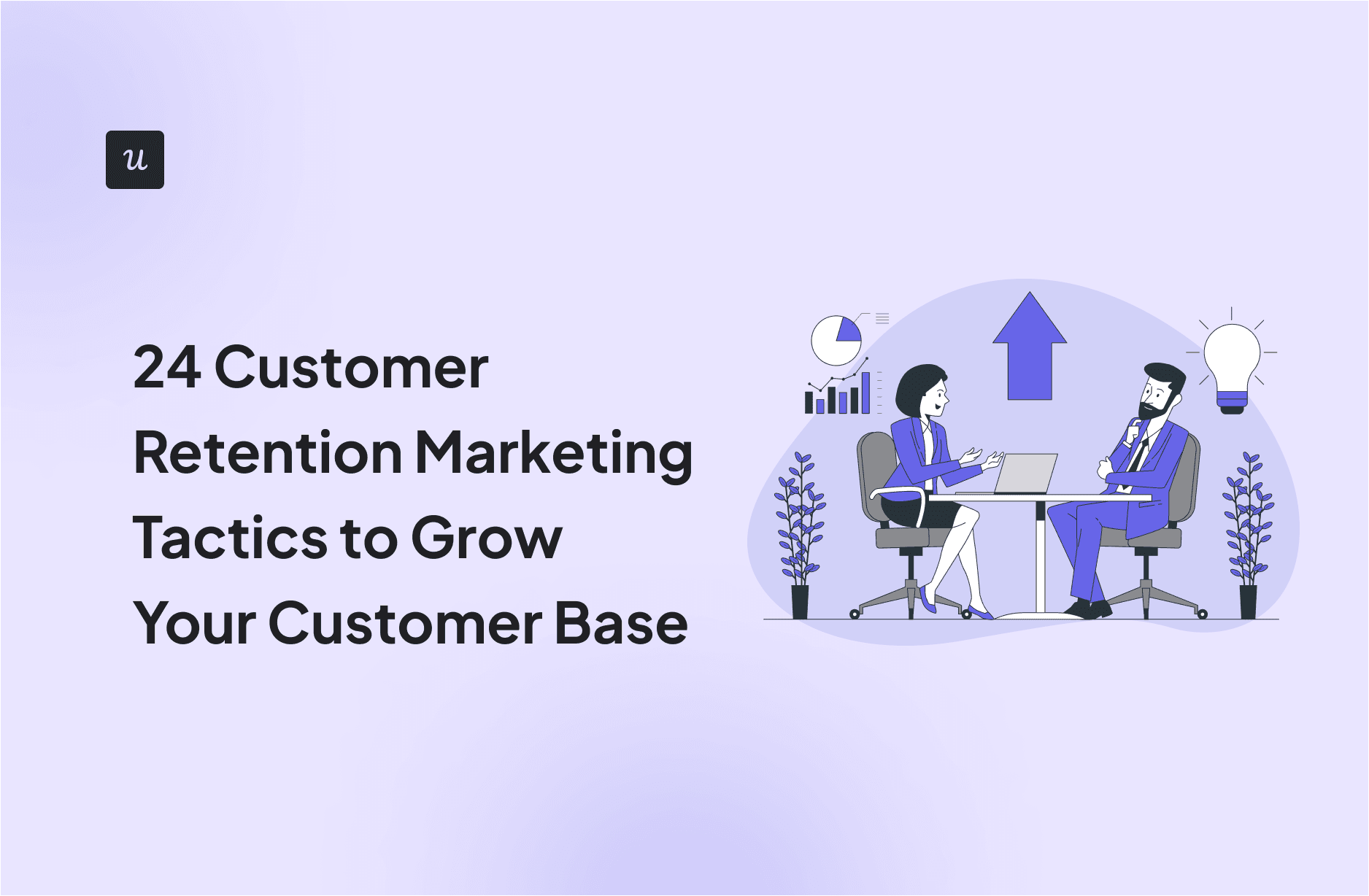
24 Customer Retention Marketing Tactics to Grow Your Customer Base
Try Userpilot Now
See Why 1,000+ Teams Choose Userpilot

What is customer retention and why is it important for business leaders?
Customer retention is the strategies and actions that SaaS businesses use to build long-term relationships with their customers and encourage them to renew their subscriptions. It involves various tactics aimed at enhancing customer satisfaction and fostering customer loyalty.
Why does it matter?
Most importantly, it reduces overheads and increases business profitability.
Acquiring new customers costs 5-25 times more than retaining them. So if your retention strategy is subpar, your business is bleeding money. And a 5% increase in customer retention, can increase profits by 25%. That’s partly because it’s easier to sell to existing customers than new ones (60-70% vs 5-20%).
And profits from existing customers are more predictable than from new ones. This makes it easier to plan and budget.
Loyal customers can also help you reduce the customer acquisition cost. As they become brand advocates, they promote your product via WOM, which is by far the most effective marketing channel.
Such customers are also an excellent source of insights. Vital for continuous improvement and innovation.
What is a customer retention strategy?
A customer retention strategy is a comprehensive plan that focuses on increasing the engagement and satisfaction of current customers. To encourage them to continue doing business with the company.
It involves the specific actions and tactics a business employs to increase the number of repeat customers and maximize customer lifetime value.
How to measure customer retention rate?
Customer Retention Rate (CRR) measures the percentage of existing customers who remain with a company over a given period.
It provides insights into the effectiveness of the company’s retention strategies and the overall satisfaction of its customers.
To calculate it:
- Deduct the number of customers acquired during a period from the number of customers at its end.
- Divide the figure by the total number of customers at the beginning of the period.
- Multiply by 100.
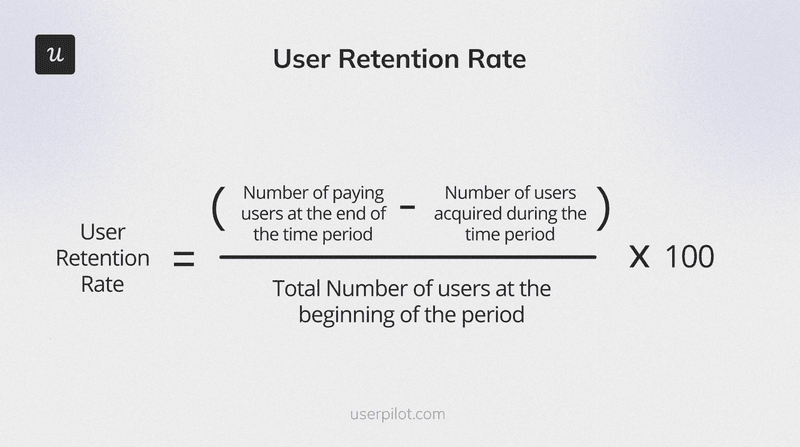
Customer retention rate formula.
For example, if you had 1000 customers at the beginning, acquired 300, and lost 150, the CRR is 85%:
((1150-300)/1000) x 100 = 85%
Customer retention strategies for SaaS companies
With the theory covered, let’s look at 24 tactics to increase customer retention.
1. Build customer trust from the beginning
Building customer trust from the get-go establishes a solid foundation for the future relationship.
How can you do it?
- Build a professionally looking landing page; optimize it for a good user experience.
- Use case studies to illustrate your product features and benefits.
- Showcase your high-profile customers and their testimonials to leverage the social proof principle.
- Create a transparent pricing page.
- Don’t overpromise in your marketing materials; this leads to value gaps.
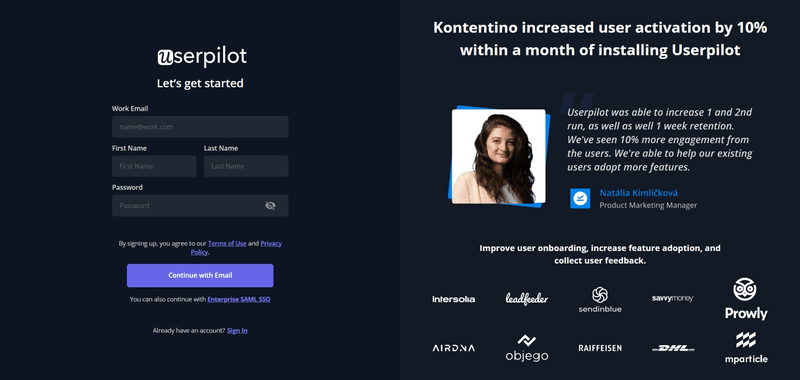
2. Create an omnichannel customer engagement strategy
An omnichannel customer engagement strategy ensures they receive a consistent experience across all touchpoints in the customer journey. It also allows you to track and analyze user interactions and reach your customers with the right messaging at the right time.
Start building your strategy by mapping customer journeys for all your user personas. Identify the best channels to reach them. Based on each channel’s unique characteristics, develop your messaging strategy.
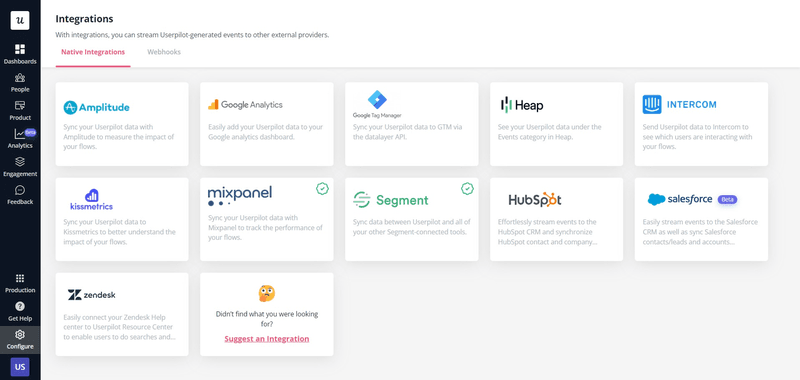
3. Create personalized customer experiences for new customers
Personalization makes the customer experience relevant to users. It enables them to achieve their goals without unnecessary distractions or information overload.
You can personalize customer experience at all stages of their journey.
For example, personalize their dashboards with shortcuts to the most important features and the onboarding experiences to help them discover them.
To do so, you need to segment your users, for example, using welcome survey data.

And design bespoke experiences for each segment.
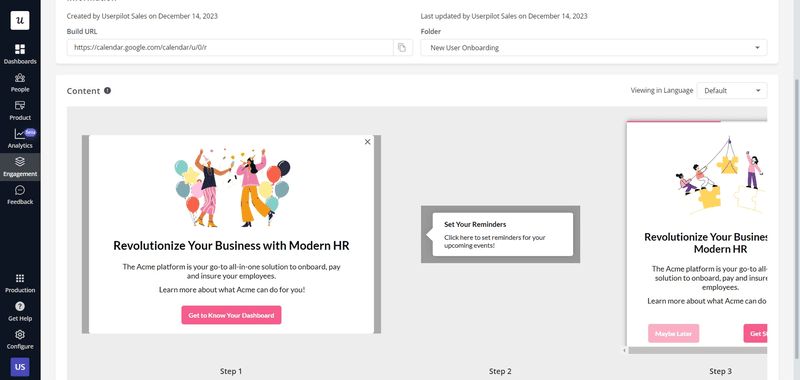
4. Duplicate the path of your power users for your new customers
How do you know the most optimal route to activation and adoption for your new users?
From product analytics.
Identify your power users with a specific use case, and conduct path analysis. To find out what exactly they do inside the product before the conversion.
In Userpilot, you can find the happy path by visualizing the data as a Top Path.
Once you know the most direct route, design the onboarding flow to help new users replicate it.
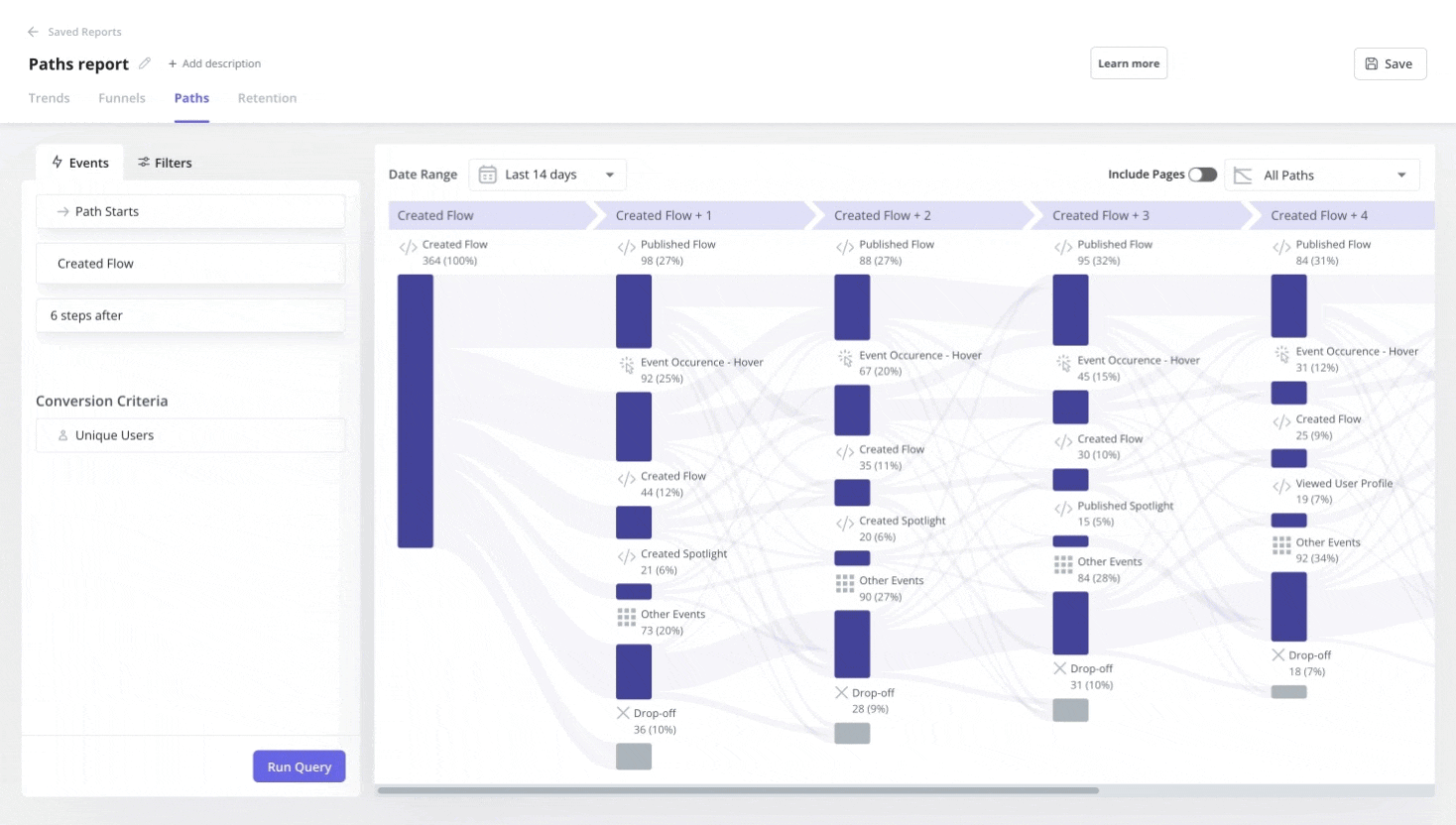
5. Exceed customer expectations with personalized demo invites
If you’re a product-led company, you offer users a free trial or a freemium plan. To help them experience product value.
The catch is that in complex products, the value may be tricky to find, even if your onboarding is top of the class.
The solution?
Offer your customers live demos. To show them exactly how the product can solve their problems. Such demos can help them get the most out of their trial and increase conversions to paid accounts. And strengthen the relationship with the business.
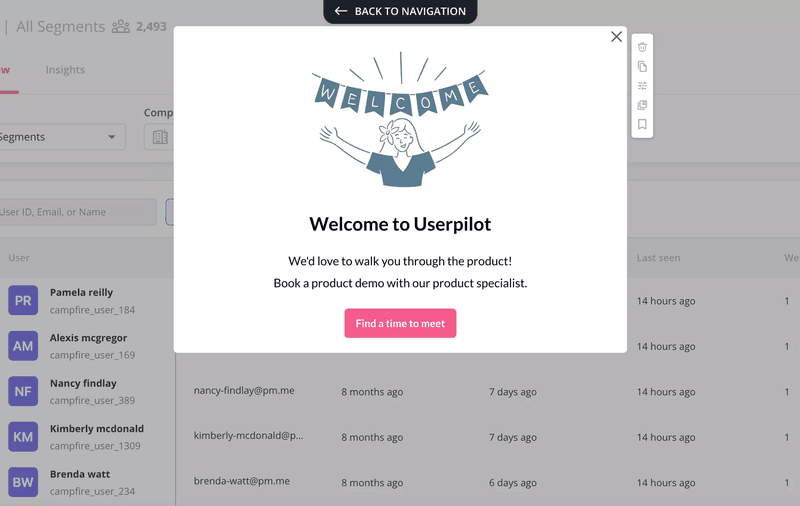
6. Minimize time to value with an onboarding checklist
Onboarding checklists show users exactly what to do and in what order. And they rely on powerful psychological principles to drive the desired user behavior. People are wired to complete pre-planned tasks and find it difficult to move on before they do so.
The result? Checklists reduce time to value and increase user activation. Sometimes a lot. For Sked Social it was by 300%.
For best results, keep your lists short, up to 7 tasks. Add a progress bar and trigger celebratory messages when they complete a milestone event.
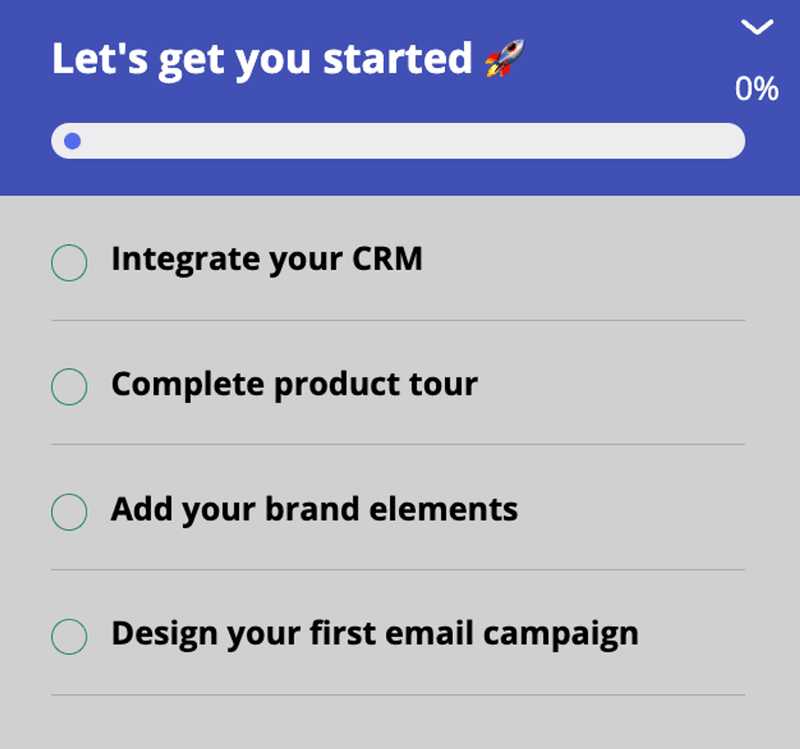
7. Enhance customer experience with self-service support
Nuance Enterprise has found out that 67% prefer using self-service resources than ask an agent for help with a problem. And 40% of users who contact customer service, use self-service resources to find a solution first.
Why?
Self-service resources, like tutorials or resource centers, are available 24/7, and they often enable users to find answers in less time.
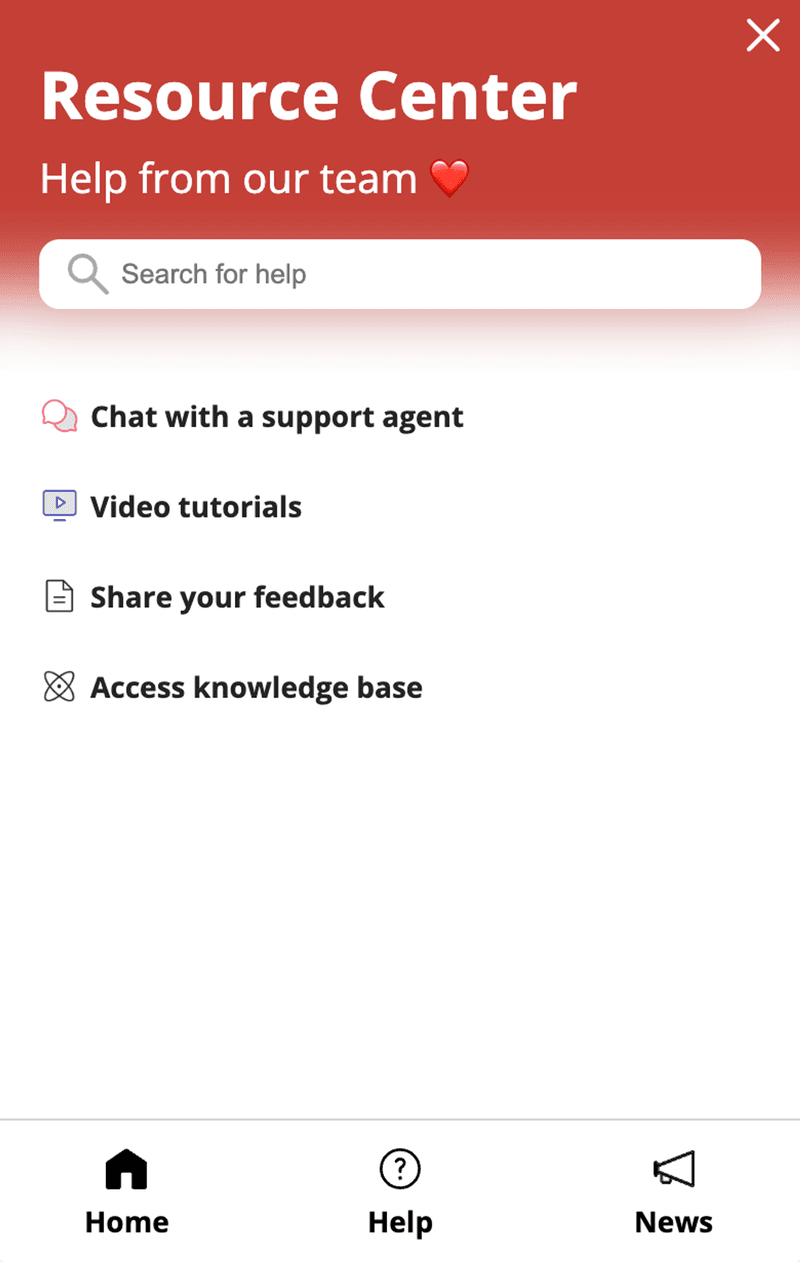
8. Improve product adoption with interactive guidance
To adopt a product users need to use it again and again. Until it becomes a go-to solution.
To help them develop the habit use interactive guidance. Create walkthroughs that help them discover the core features and then prompt them with tooltips and hotspots to keep using them.
Userpilot allows you to trigger them for specific user segments. For example, those who haven’t used the feature in 2 sessions. Or contextually, when they complete a related action.
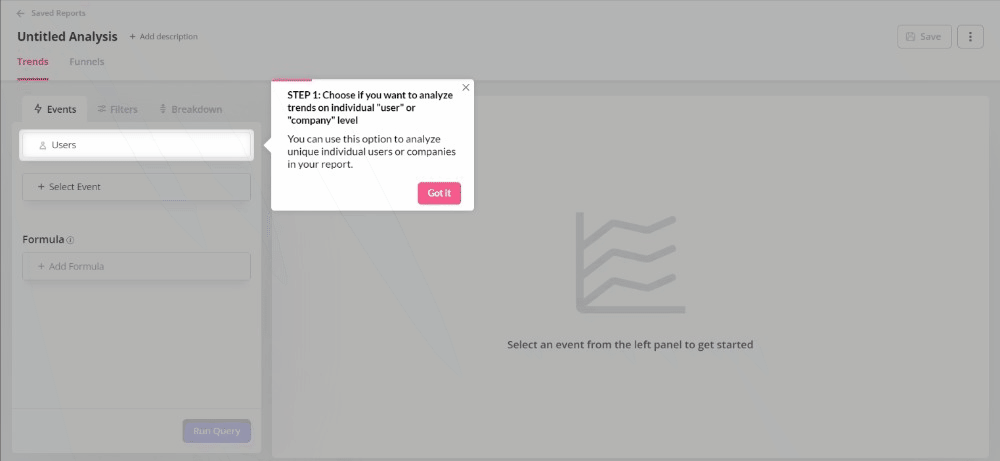
9. A/B test your onboarding flow to see which one results in higher conversion rate
A/B testing allows you to choose the best-performing versions of your onboarding flows. By running them side-by-side for similar user samples.
For example, you could use them to test which tooltip design or microcopy option converts users better.
Userpilot allows you also to run multivariate tests. To test more than 2 variables. Which reduces the time when you have more complex designs or more options available.
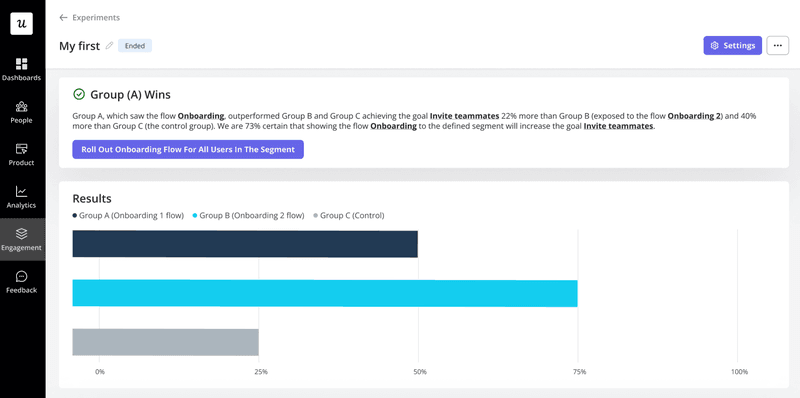
10. Improve in-app customer experience with a progressive disclosure technique
When your users log into your product, they don’t need all the information at once. In fact, giving them too much info at this stage could be counterproductive. It’s overwhelming and confusing.
To avoid it, reveal information and features progressively. Start with basics and scaffold more complex ideas around them.
Sometimes how you communicate the information matters too. For example, a few screens with smaller snippets are easier to digest than one screen containing all the details.
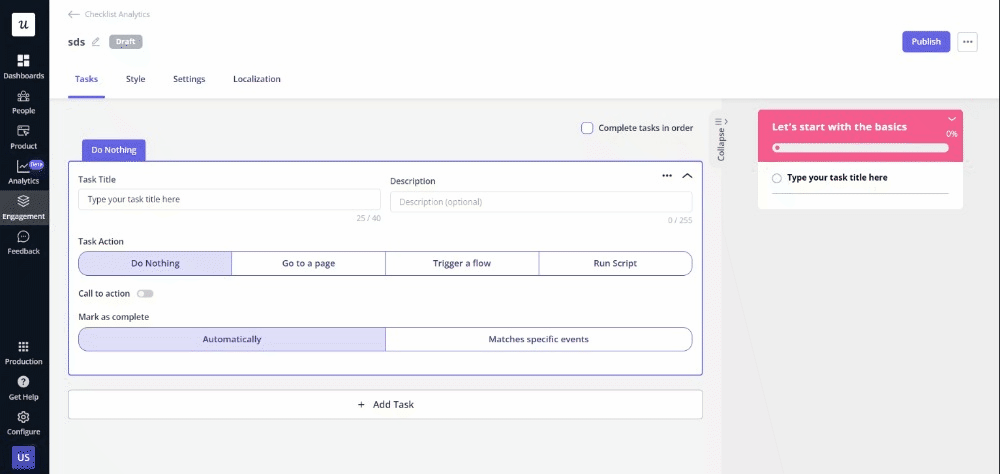
11. Drive additional value for retaining customers with webinars
Webinars are an excellent way to drive user retention. Their interactive nature is engaging and their content enables users to get more out of the product.
For example, Userpilot’s webinars, featuring well-known guests from the product space, provide users with valuable information on topics of interest. And teach them how to solve their problems with our tool.
And it gets even better.
They also attract potential new customers who face similar challenges.
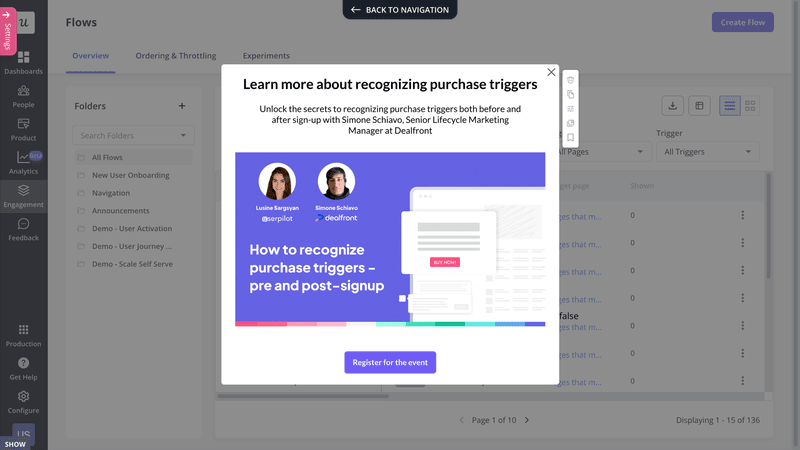
12. Use secondary onboarding to deliver additional value to existing customers
Secondary onboarding is an example of progressive disclosure.
When users first sign up, they need to learn how to use the core features to get product value. Primary onboarding enables this.
Only when they master the basic functionality, can they explore more complex features. That’s what allows them to realize the full potential of the product. And that’s what secondary onboarding does.
This is what ultimately keeps them engaged and turns them into product advocates in the long run.
13. Increase customer lifetime value with new features
Building new features adds value to the product. It helps you maintain your market position and satisfy the ever-evolving customer needs.
And you can use them to increase your customer lifetime value. By including them in the higher plans and skillfully upselling them. For example, with in-app prompts, triggered contextually at the moment when the user might benefit from the feature the most.
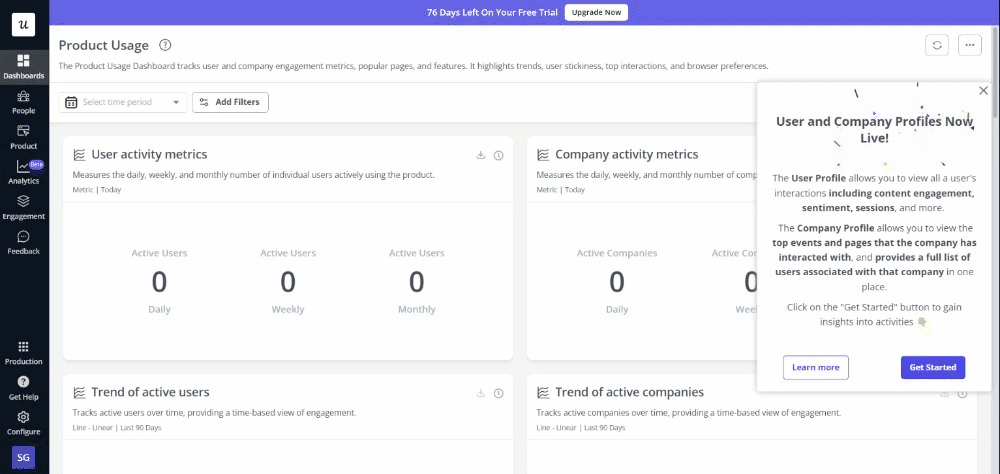
14. Collect customer feedback regularly
Customer feedback allows you to identify opportunities for improvement and better understand user needs.
Use in-app surveys to collect it regularly, every 3-4 months.
On top of that, trigger the surveys at key stages of the user journey. For example, at the end of the onboarding process or when they engage with a new feature.
In your surveys, include closed-ended and open-ended questions to gather both quantitative and qualitative user feedback.
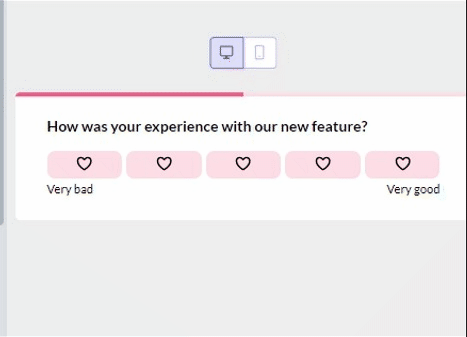
15. Increase the number of loyal customers with incentives
To strengthen customer loyalty, reward them for their long-term custom with exclusive discounts, early access to new products, invitations to events, or special customer support access.
You can do it through:
- Tiered loyalty system where customers earn different benefits based on their engagement.
- Points system where customers earn points for various activities.
- A VIP club for your most loyal customers.
- Anniversary or milestone rewards.
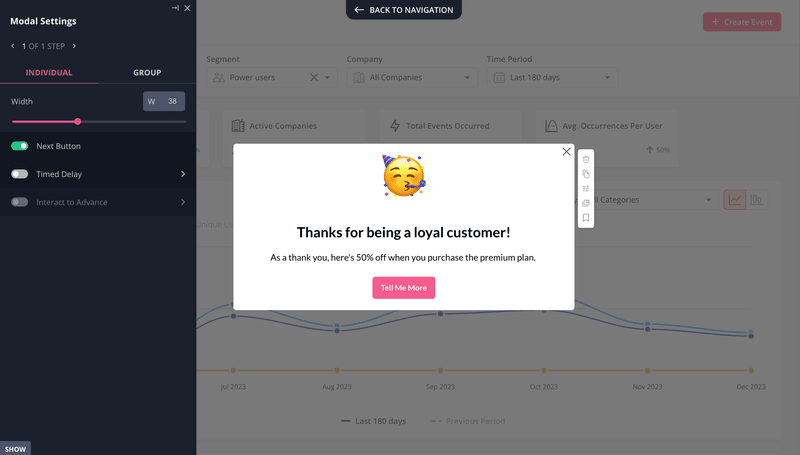
16. Improve user trust with WoM marketing
As mentioned, your loyal customers naturally turn into product advocates and can help you bring new business.
Think about it:
If a friend asks you for a tool recommendation, you won’t have problems recommending an app you’re satisfied with.
Here’s the real kicker:
Customers trust such recommendations more than marketing materials when choosing a product (Nielsen, McKinsey).
To promote WOM, set up a referral program and offer incentives for sharing reviews on sites like G2 or social media.
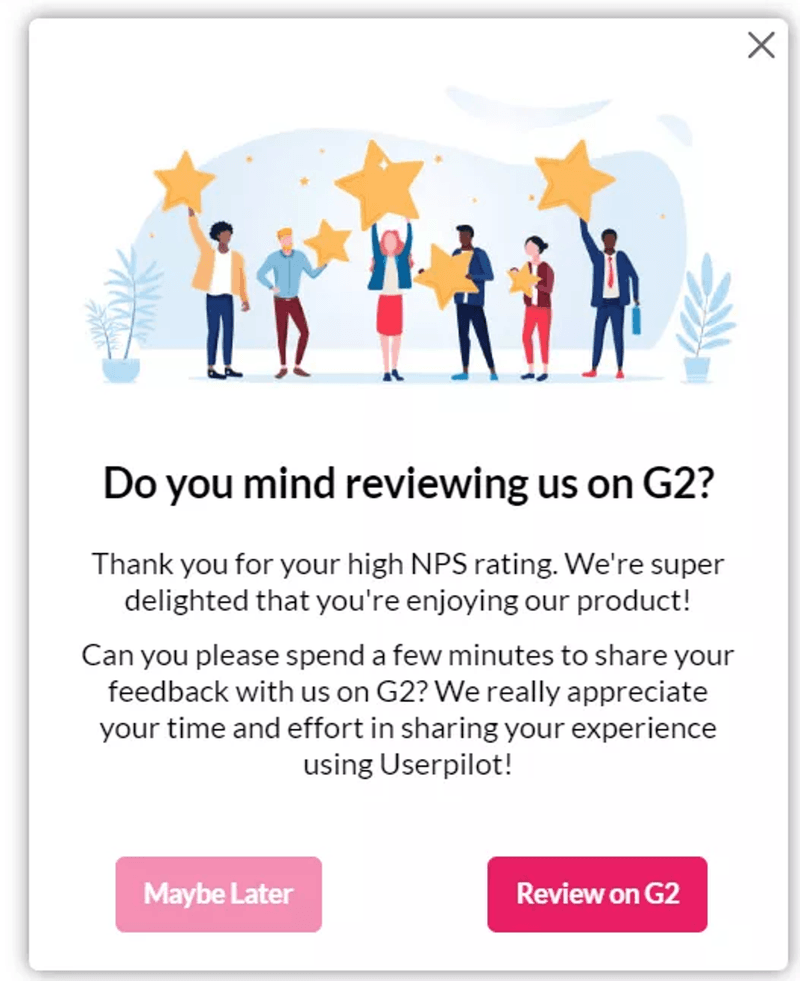
17. Build lasting customer relationships with an online community
Online communities centered around a product can significantly enhance customer retention by fostering a sense of belonging and loyalty among users.
How so?
Such communities are places where users can seek support and learn from experienced users. To use the product more efficiently and effectively for their goals. This increases customer satisfaction and product stickiness.
Better yet, communities help in building an emotional connection between the product and the users. When users share stories and solve problems together, they develop a deeper connection to the brand.
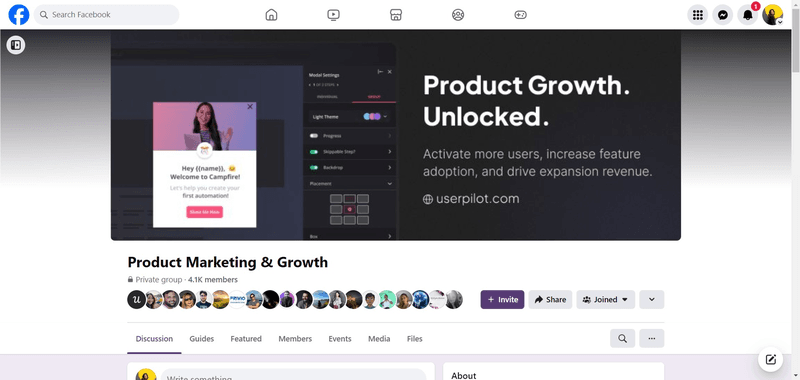
18. Monitor customer satisfaction levels with sentiment analysis and improve
Just like feedback, customer sentiment data can help you identify areas for improvement. And users who need extra support to achieve their goals with your product.
How do you collect it?
With in-app NPS surveys. Ask your customers how likely they are to recommend your product, on a scale of 1-10. Follow up with a qualitative question to gather additional insights.
Once you have the data, group users into 3 segments: detractors (1-6), passives (7-8), and promoters (9-10).
Analyze their responses to open-ended questions to identify patterns and analyze their in-app behavior for extra insights.
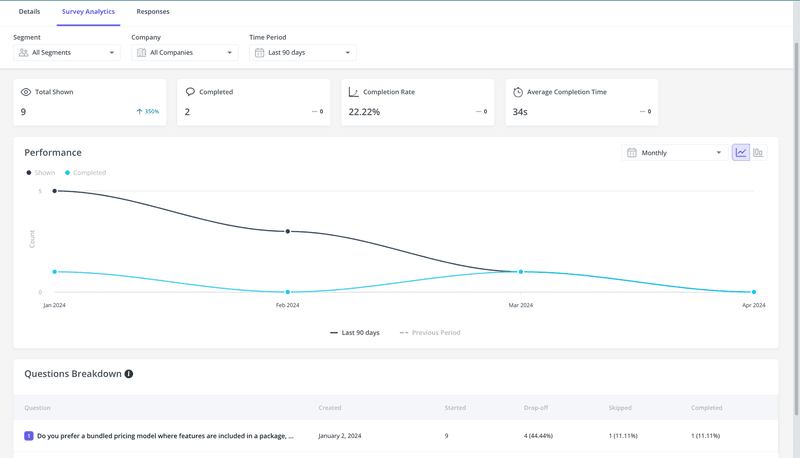
19. Identify drop-off points in the customer journey and proactively reduce them
Product analytics can help you optimize the user journey to find touchpoints where users drop off.
Funnel analysis shows at which stage of the journey users abandon the product while path analysis reveals the actions leading to their churn.
How can you use such insights?
Optimize the product UI to make it more intuitive and provide in-app guidance to help users overcome barriers to conversion.
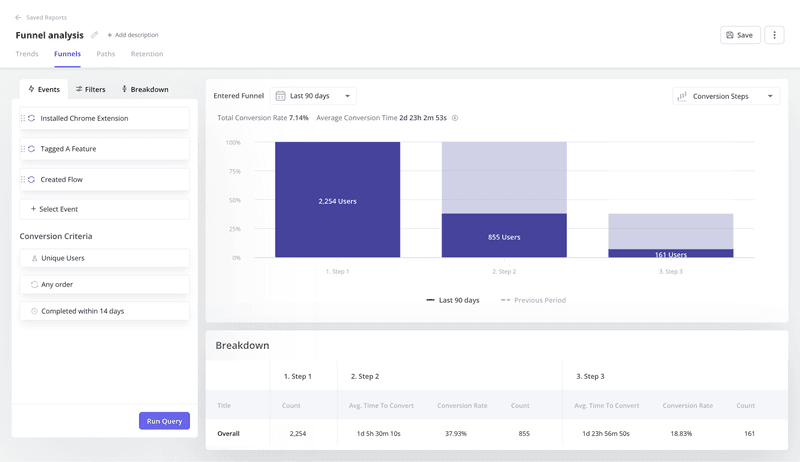
20. Monitor customer behavior to proactively reduce any friction
Tracking customer behavior is crucial in understanding user interactions with your product. And identifying friction points that impact their experience.
By continually observing and analyzing user actions, you can proactively make adjustments to enhance usability and customer satisfaction.
For instance, tools like session replays can reveal where users click or hover and where they hesitate or get confused. Which can indicate areas of friction.
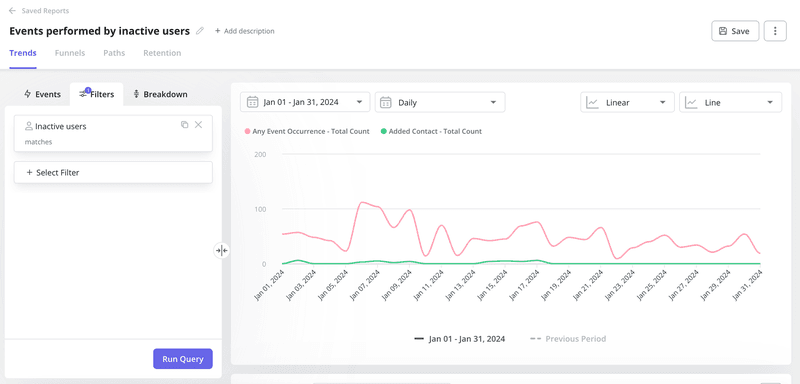
21. Identify unused features and trigger onboarding flows for them to retain customers
Imagine that a certain feature is essential for a particular use case. And yet, users who need it, don’t use it. And gradually churn.
You can prevent it by tracking feature usage to identify users who haven’t used a feature. And target them with onboarding flows that aid its discovery and adoption.
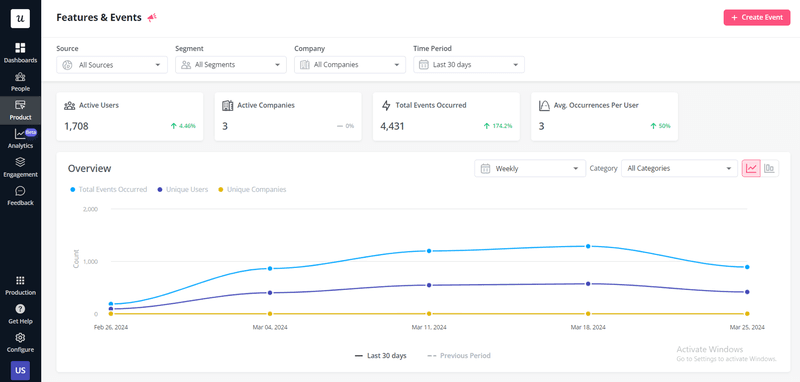
22. Keep an eye on vital retention metrics with a retention dashboard
If your focus is on improving retention, tracking the overall retention rate isn’t enough. You may need to track retention daily, weekly, monthly, and so on. All of them for different user segments.
That’s a lot of metrics to track.
To stay on top of them, create a dedicated retention dashboard.
Userpilot offers a pre-built retention dashboard with all the metrics in one place. You can also create your custom ones.
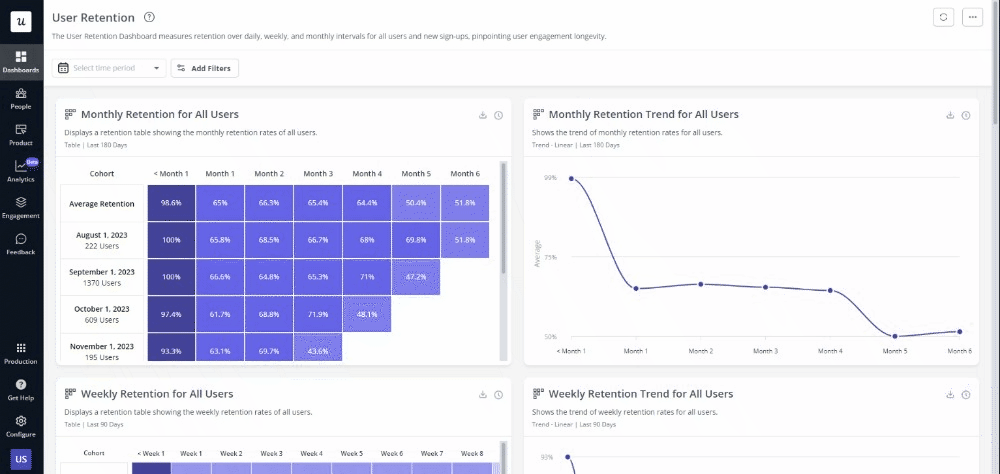
23. Trigger churn surveys to learn the reasons behind customer churn to improve
Cancellation surveys, triggered when the user starts the cancellation process, serve 2 purposes:
They help you identify the reasons why users abandon your product. You can use the insights to reduce churn among future customers.
They’re also your final opportunity to prevent the user from churning. For example, if they find your product too expensive, you can offer them a discount or suggest a more affordable plan.
You can also send churn surveys via email. To users on free plans who just disappear into thin air.
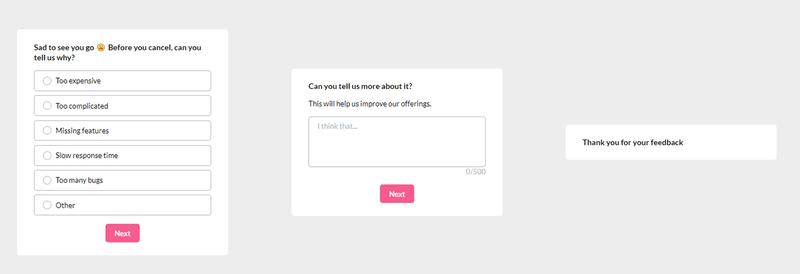
24. Re-engage inactive customers with email marketing
Emails can also help you re-engage inactive users. Like the one that Asana sends to its users.
To do so, track user activity in-app. Set an inactivity threshold for your product after which the email is sent. For example, it could be 20 hours if the product is meant to be used daily.
To send the emails, use webhooks or native integrations between analytics and CRM tools. For example, Userpilot integrates with Hubspot and Zendesk, so you can use our analytics data to send emails via the 2 platforms.
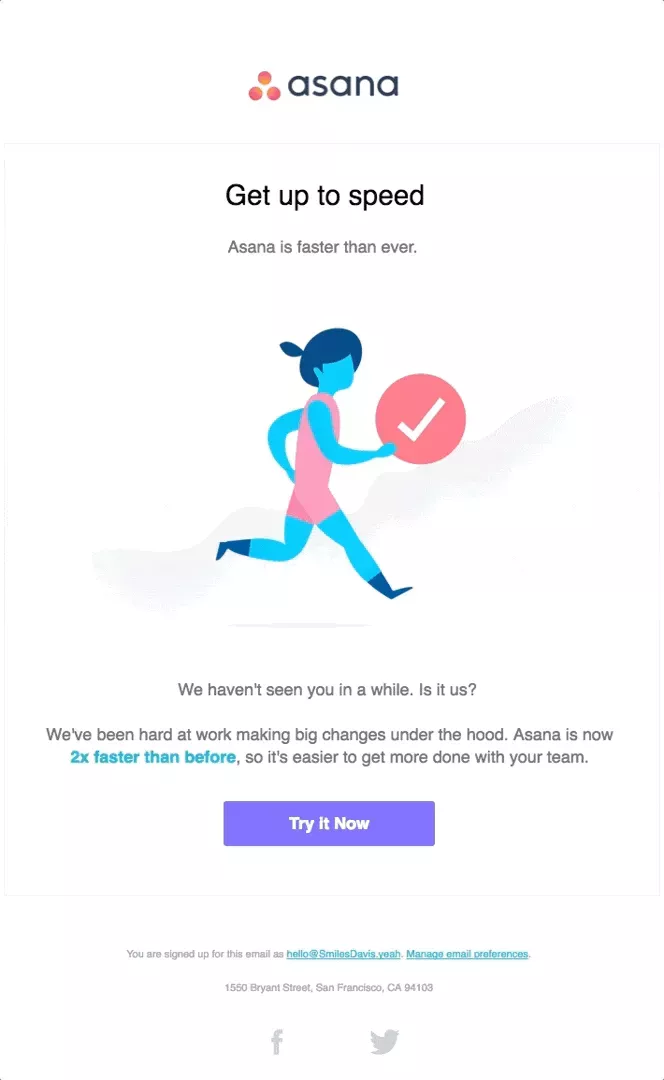
Conclusion
Customer retention is essential for product success. No matter how good your marketing is, you won’t make any profit if you can’t retain customers. Worse yet, you’ll burn a lot of cash because acquiring customers costs more.
The 24 customer retention marketing tactics we cover in the article can help you boost your customer retention rates. If you want to learn how to implement them with Userpilot, book the demo!








